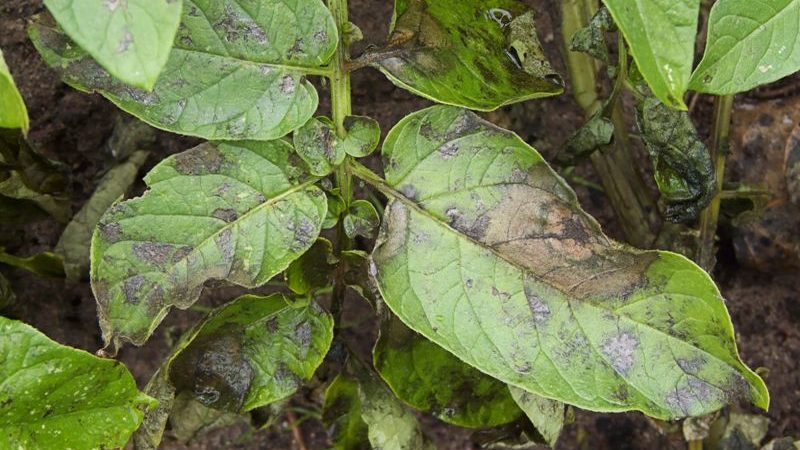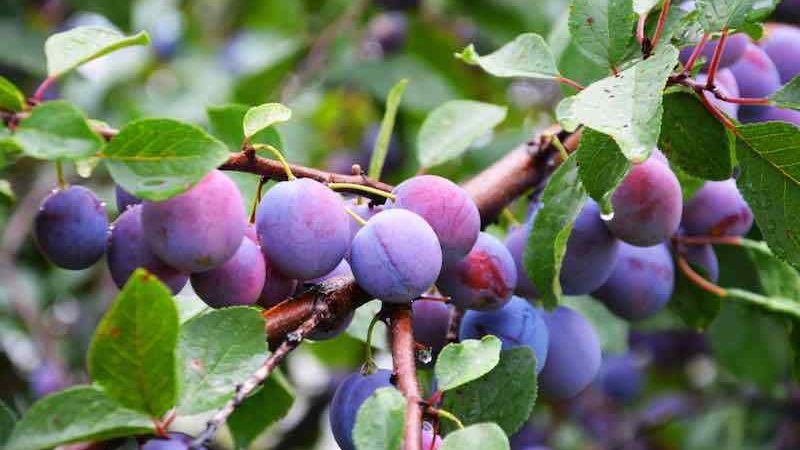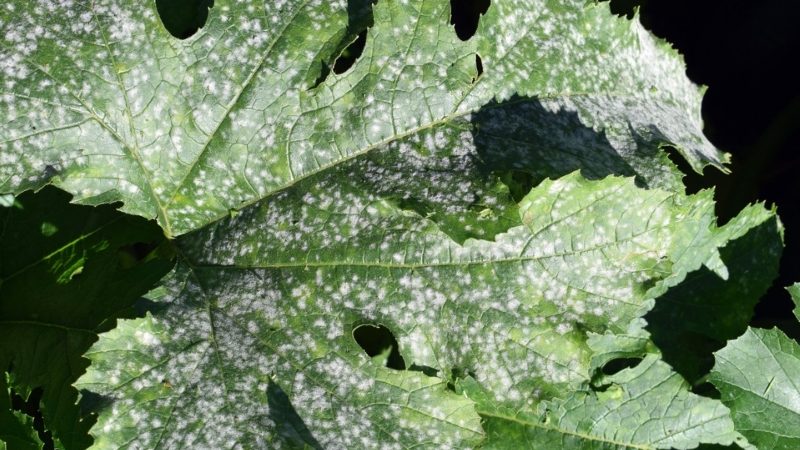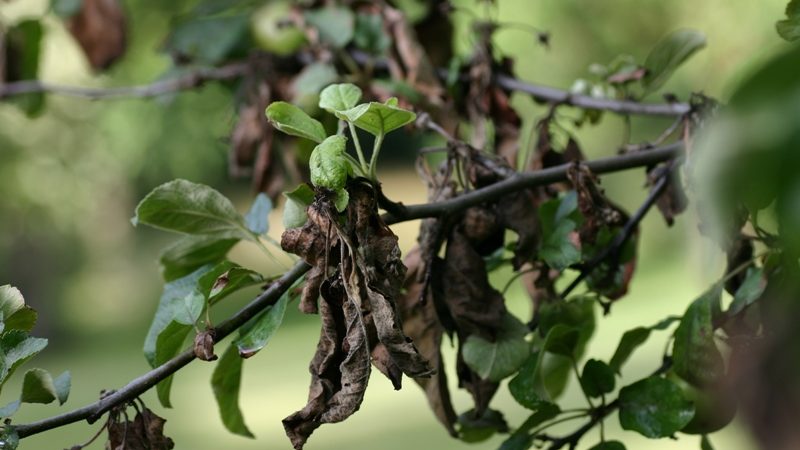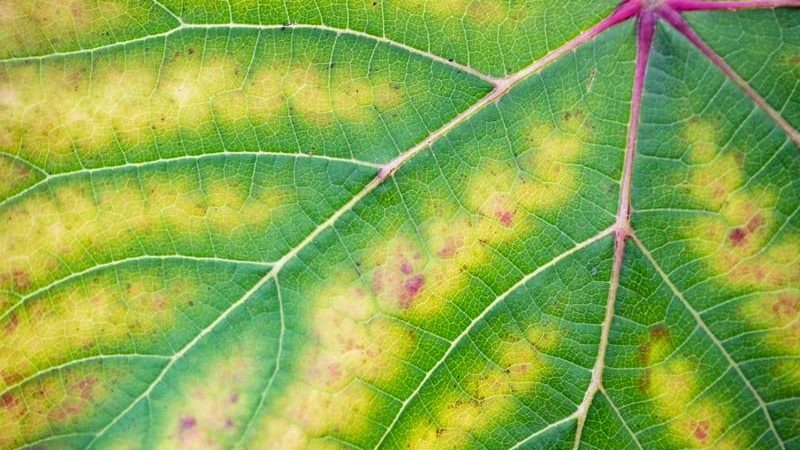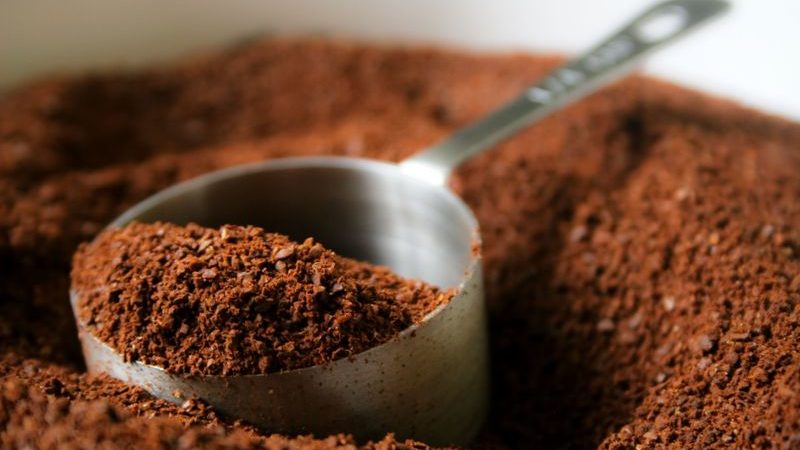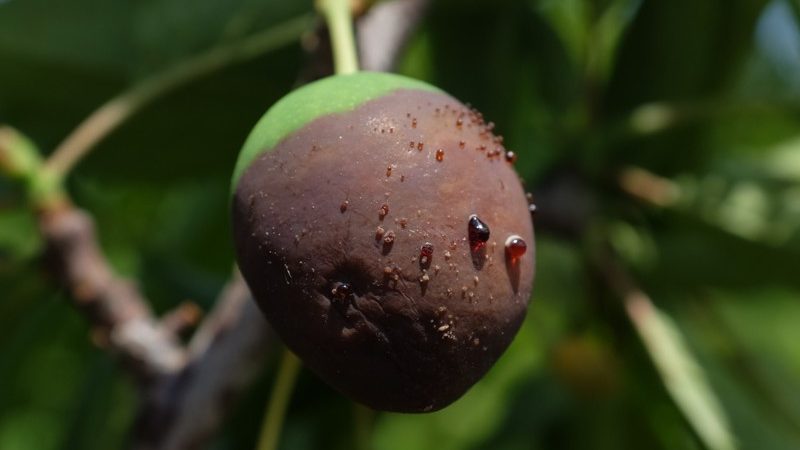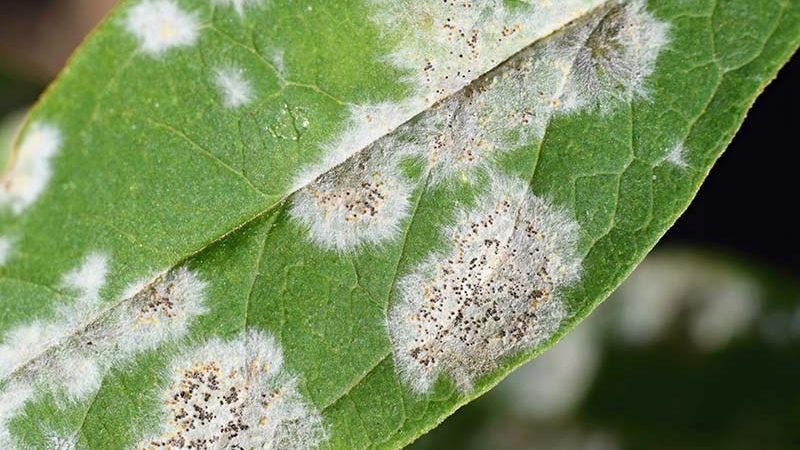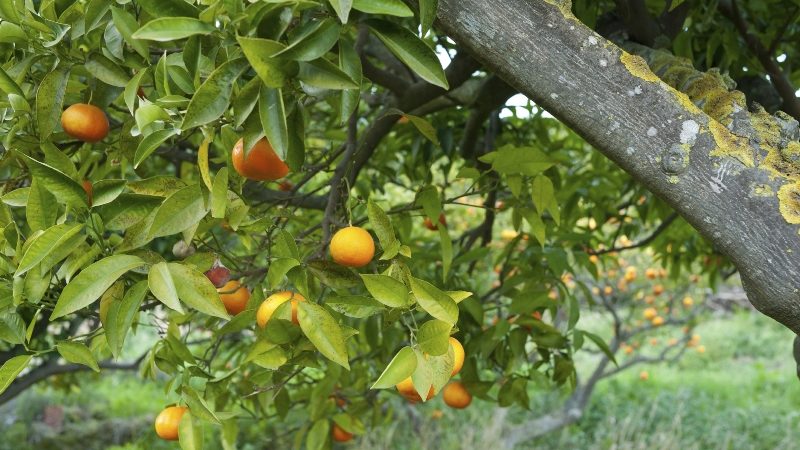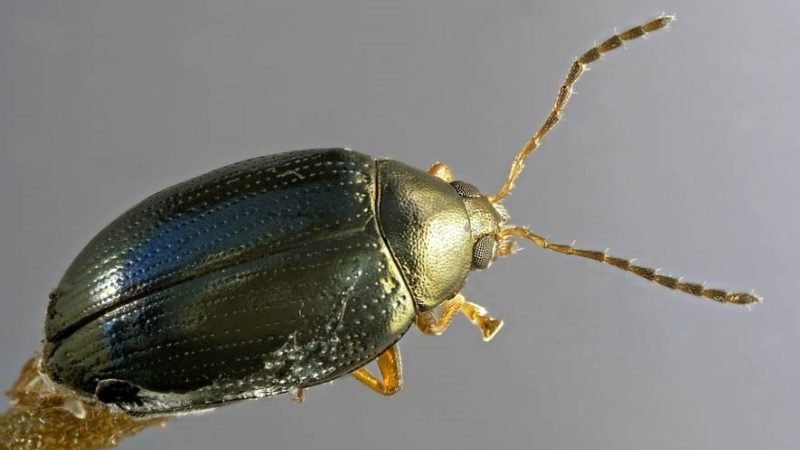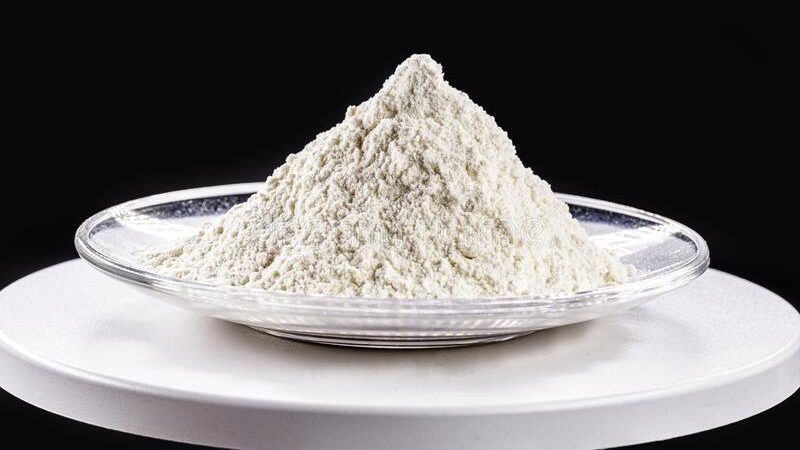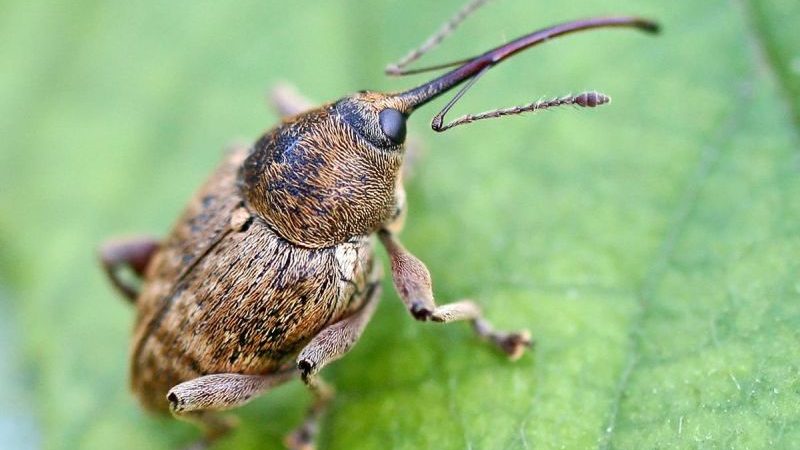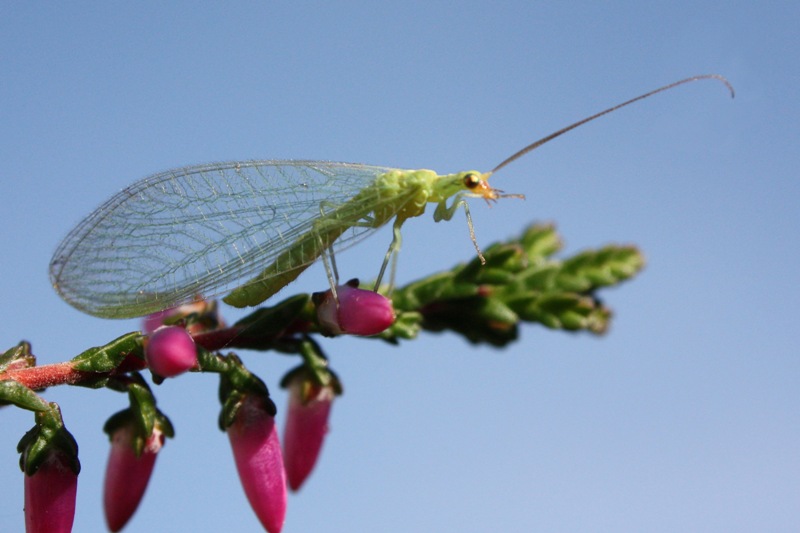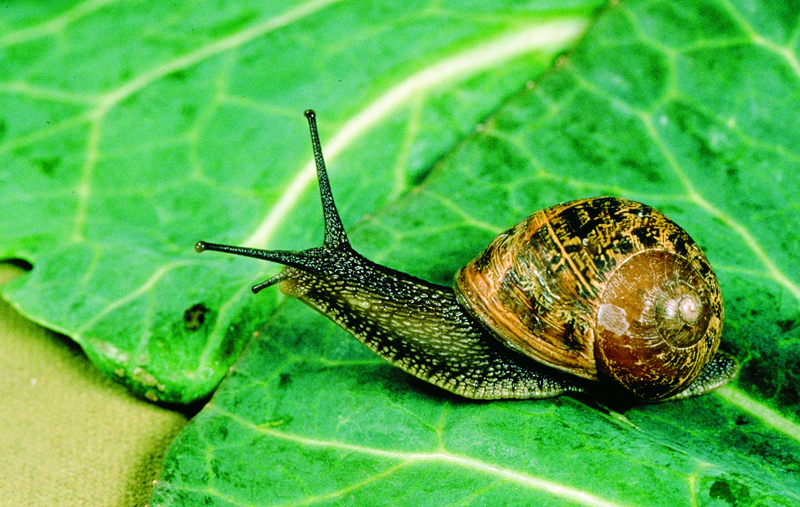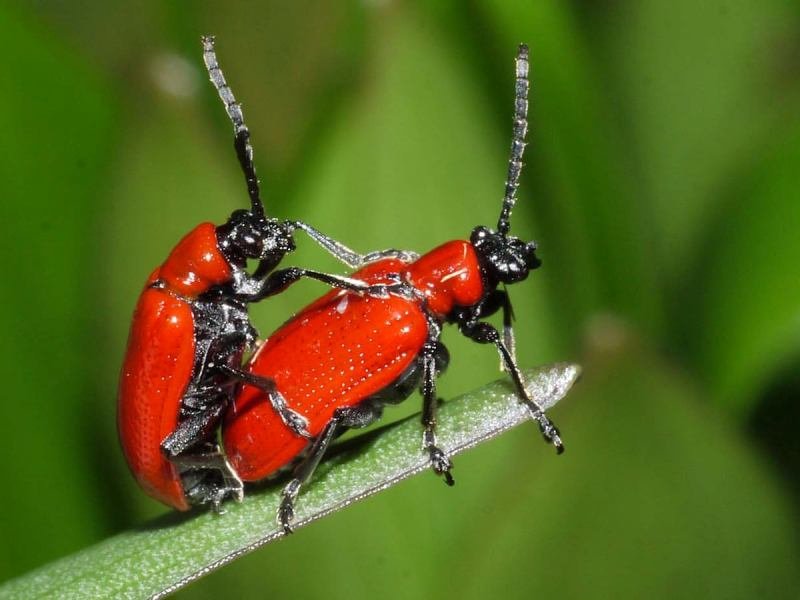When we talk about “phytophthora,” we are not talking about a single disease. The term, in fact, groups together many phytopathology with more or less important consequences (crown rot, mildew, ink disease, etc.). It is, therefore, more correct to speak…
Category: Gardening Advice
The plum tree is a fruit tree that is rather susceptible to disease. However, there are preventive solutions to prevent their occurrence. Plum disease: discover the natural treatments to eliminate them. Moniliasis Symptoms a plum that rotted on tree moniliasis…
Zucchini are very useful in the vegetable garden. They grow easily and make up multiple cooking recipes! However, they are not immune to pests and fungi. Please find out about the main diseases of zucchini and how to fight them….
Latin name: Erwinia amylovora Common name: Fire blight Type: Bacterial disease Symptoms: Flower wilt, cankers, sticky ooze Dreaded in orchards where it attacks apple trees, pear trees and other fruit trees of the same family, fire blight can quickly decimate…
Chlorosis is not a disease itself. It is, in fact, a physiological deficiency of plants due in general to a deficiency in minerals or trace elements or to a too high concentration in the soil of active limestone. The latter…
Coffee drinkers don’t miss these few lines. Instead of throwing away your coffee grounds, use them in your garden. Your plants will thank you! If you don’t drink coffee, you can still get it at the local bistro and enjoy…
Black rot or fruit rot is a pest fungus of fruit trees that can have serious effects on the crop. It attacks the fruits which end up rotting. It is also referred to as fruit rot. The only way to…
Well known as the no 1 enemy of the vine, mildew is indeed a constant threat to the grape harvest but also certain vegetables from the kitchen garden such as tomatoes or potatoes. Preventive and regular treatment should ensure a…
In citrus fruits, downy mildew results in trunk rot, sometimes visible on the fruit. The disease is the consequence of Phytophthora, a mold fungus. Downy mildew, even more so on citrus trees, is certainly a gardener’s worst nightmare. A sapling,…
This little jumping beetle is particularly eager for the leaves of the vegetable garden, which it cheerfully pierces. Find out how to recognize flea beetles and which natural treatments to use to eliminate them. Flea beetles: beetles Flea beetles are…
Calcium sulfate (as a powder from gypsum) is a soil conditioner that increases your plants’ yields at an affordable price. The advantages of calcium sulfate as a nutrient for crops and plants are numerous without presenting any noticeable drawbacks. The…
How to manage Curculio nucum in hazelnut orchards? Hazelnut balanin is generally considered to be the worst pest of hazelnut trees. Habitat The hazelnut balanin, Curculio nucum , is a species of weevil, a beetle, widespread and generally common throughout…
The green lacewing also called the golden-eyed damselfly or aphid lion is a formidable ally of the gardener in his fight against pests. The larvae are, in fact, very fond of aphids. The green lacewing: identity card The vernacular (French)…
When spring arrives, it’s always the same story. You walk in your garden to enjoy the reborn nature, when you discover, horrified, that the slugs (and the snails) are also out and destroy the young shoots of your plants and…
The beetle is a well-known pest of our gardens that particularly attacks lilies. It is a small beetle with an elongated body of 8 mm with red elytra bright or orange-red depending on the species, which drops and squeals when…
